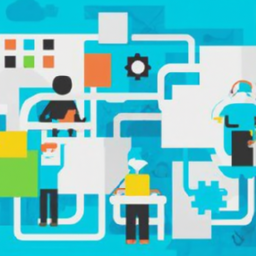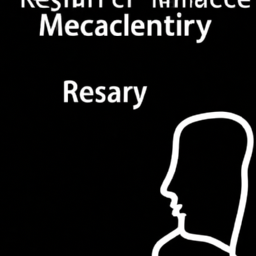Ready to Draft an Up-to-Date AI Policy? Target Top Risks
As Artificial Intelligence (AI) becomes more prevalent in the workplace, it’s important for Human Resource (HR) professionals to create policies that protect their organization from the potential risks of AI. While the use of AI can help improve efficiency, accuracy, and productivity, it can also lead to inaccuracies, plagiarism, and misappropriation of data if not used in a responsible manner.
Inaccuracies
AI is a powerful tool, but it is not perfect. It can produce inaccurate results if the data that it is using is incomplete or incorrect. For example, AI programs that are used to make decisions about hiring or promotion decisions could lead to biased or unlawful decisions if the program is not designed and implemented properly. HR professionals should ensure that the data that is being used by the AI programs is correct and up-to-date, and that any decision-making functions of the AI program are based on factual data that is not biased.
Plagiarism
Another potential risk of AI is plagiarism. AI programs have the ability to quickly digest large amounts of data and produce reports or documents that can contain plagiarized information. HR professionals should create policies that clearly spell out that plagiarism is not tolerated in any form, and that any AI program used in the workplace must be able to detect and flag any plagiarized information.
Misappropriation
Finally, another potential risk of AI is misappropriation of data. AI programs can access and use a variety of sensitive data, such as customer information or confidential company data. HR professionals should ensure that any AI program used in the workplace is programmed to secure and protect data, respect the privacy of customers and employees, and adhere to any applicable laws or regulations.
Creating an AI Policy
To minimize the risks associated with using AI in the workplace, HR professionals should create a comprehensive AI policy. The policy should include:
• A clear definition of what AI is and how it is used in the workplace.
• An explanation of the potential risks associated with AI and how they can be minimized.
• Guidelines on how AI programs should be implemented and used in the workplace.
• Requirements for AI programs to detect and flag any plagiarized information.
• Requirements for AI programs to securely store and protect data.
• Requirements for AI programs to respect the privacy of customers and employees.
• Procedures for monitoring and auditing the use of AI programs in the workplace.
• Guidelines for responding to any incidents or violations of the AI policy.
Conclusion
The use of AI in the workplace can be a powerful tool for improving efficiency, accuracy, and productivity. However, it is important for HR professionals to create a comprehensive AI policy that minimizes the potential risks associated with AI, such as inaccuracies, plagiarism, and misappropriation of data. By creating a clear AI policy that explains the potential risks and how they can be minimized, HR professionals can ensure that their organization is using AI responsibly and in a way that respects the privacy of customers and employees.



